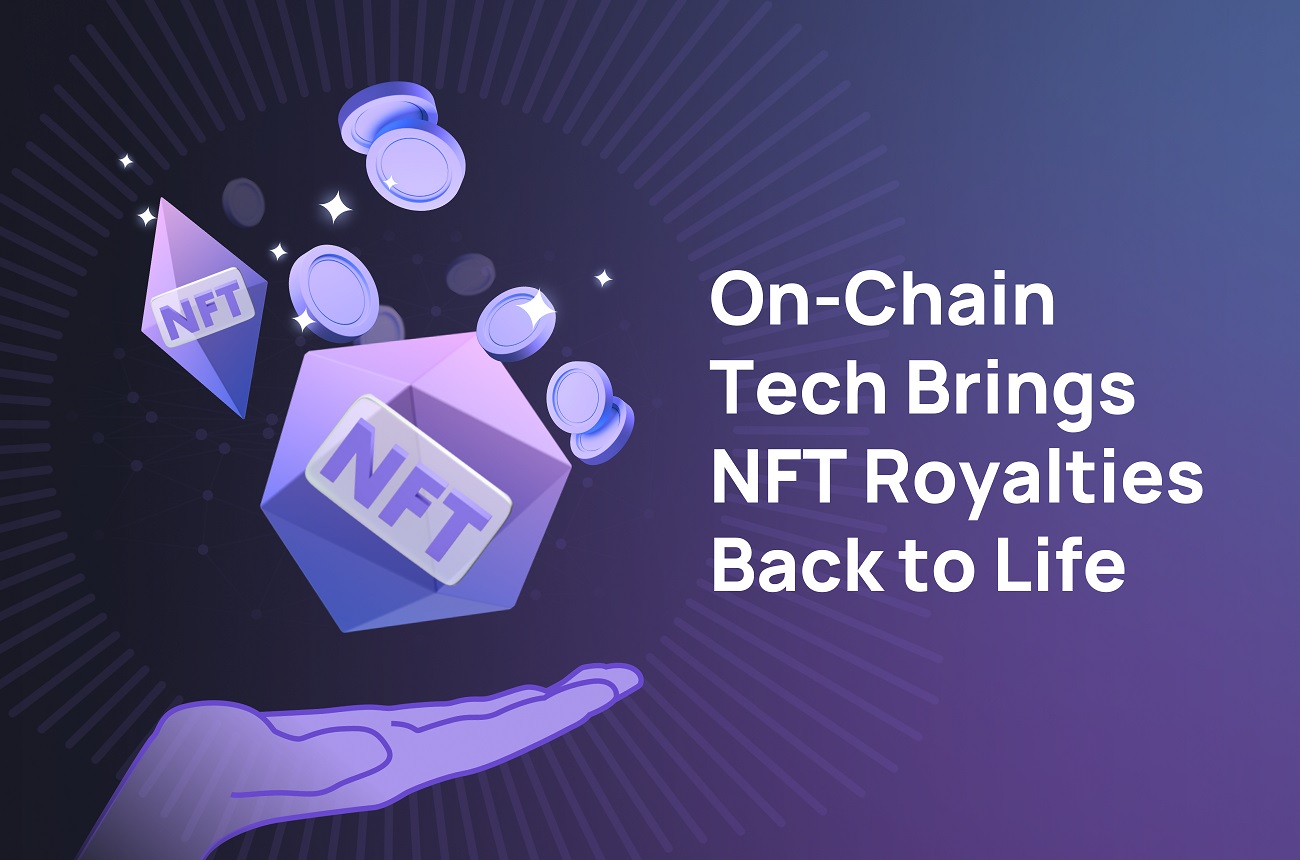

Non-Fungible Token (NFT) royalties emerged in 2021 as a new avenue for creators to maximize their earnings.
With NFTs, you could ply your trade as a techno-beat musician or comic book artist and receive a percentage for every secondary sale.
Tyler Hobbs, the artist behind generative artwork Fidenza, proved how NFT royalties can reward creators. Fidenza launched on Art Blocks on June 2021 with a mint price of 0.17 ETH (approximately USD 400 at the time). Hobbs generated USD 400K from the sale, with 10% going to the platform. While this is a significant amount, it pales in comparison to the ~ USD10M in royalties he’s earned so far.

NFT royalties empower creators to grow their communities and bank on the future growth of their work. But the good times were short lived.
When NFT market activity declined at the end of 2022, NFT marketplaces dropped creator royalties.

Creators require a new solution that enforces everyone to pay royalties.
Leaving this up to the marketplace simply won’t cut it. Enjin Blockchain offers creators this solution through on-chain royalties built at the protocol level.
While many thought that NFTs enabled royalties, it was the NFT marketplaces that facilitated this transaction. The platforms gathered these royalties from the NFT collectors who used the marketplaces. Typically, the NFT seller shouldered the fees.
Creator royalties hover between 5% to 10%. In a rising market, traders were happy to pay this fee. When NFT activity peaked, collections could fetch multiples over their mint price. There was enough profit to keep both creators and traders happy.
When NFT trading margins thinned, traders sought to cut costs and flocked to royalty-free platforms. Similarly, NFT marketplaces attempted to keep traders and either dropped NFT royalties altogether or made these optional.
How Optional Royalties Reduce Creator Fees:

With platforms shifting to optional royalties, it was now up to collectors to support the plight of creators.
Select collections on OpenSea show that at most, only 30% of NFT listings would pay royalties. In worse cases, royalty-paying listings dropped to as low as 13%. This behavior is consistent with traders fleeing to royalty-free marketplaces.
Just as creators could not rely on marketplaces to enforce royalties, they also could not depend on the kindness of collectors.
Rather than be at the mercy of marketplaces and collectors, creators can take control of their royalties through Enjin Blockchain.
Enjin Blockchain provides marketplace features on the protocol level, which allows for enforced creator royalties. NFT transactions execute the desired creator royalties because these are enforced by the chain itself.
Here’s a simplified view of how the on-chain royalties work:
If a creator makes an NFT on Enjin Blockchain and sets royalties, any NFT holder that lists the item for sale on any Enjin Blockchain marketplace, will have to pay the royalties once the token sells.
No one can bypass that royalties requirement.
To support creators further, Enjin created an easy to navigate user interface.
📌 NFT.io is Enjin Blockchain’s NFT marketplace. Any NFT created on NFT.io comes with enforceable creator royalties.
Here’s how easy creating an NFT can be:

Instead of worrying about the technology, creators can focus on what they do best.
With royalties secured, creators can work to increase the long-term value of their creations. Creators can maximize existing creations. There’s no need to keep launching new collections.

Imagine that you’re a music NFT composer with an existing collection:
Collaborations and integrations increase NFT transaction volume. Creators garner recognition and collect more royalties. Meanwhile, collectors gain high value experiences.
It’s a win-win for the ecosystem.
Being an NFT creator has never been easier.
With Enjin Blockchain’s on-chain royalties and suite of tools, you can protect creator royalties and maximize the value of your creations.